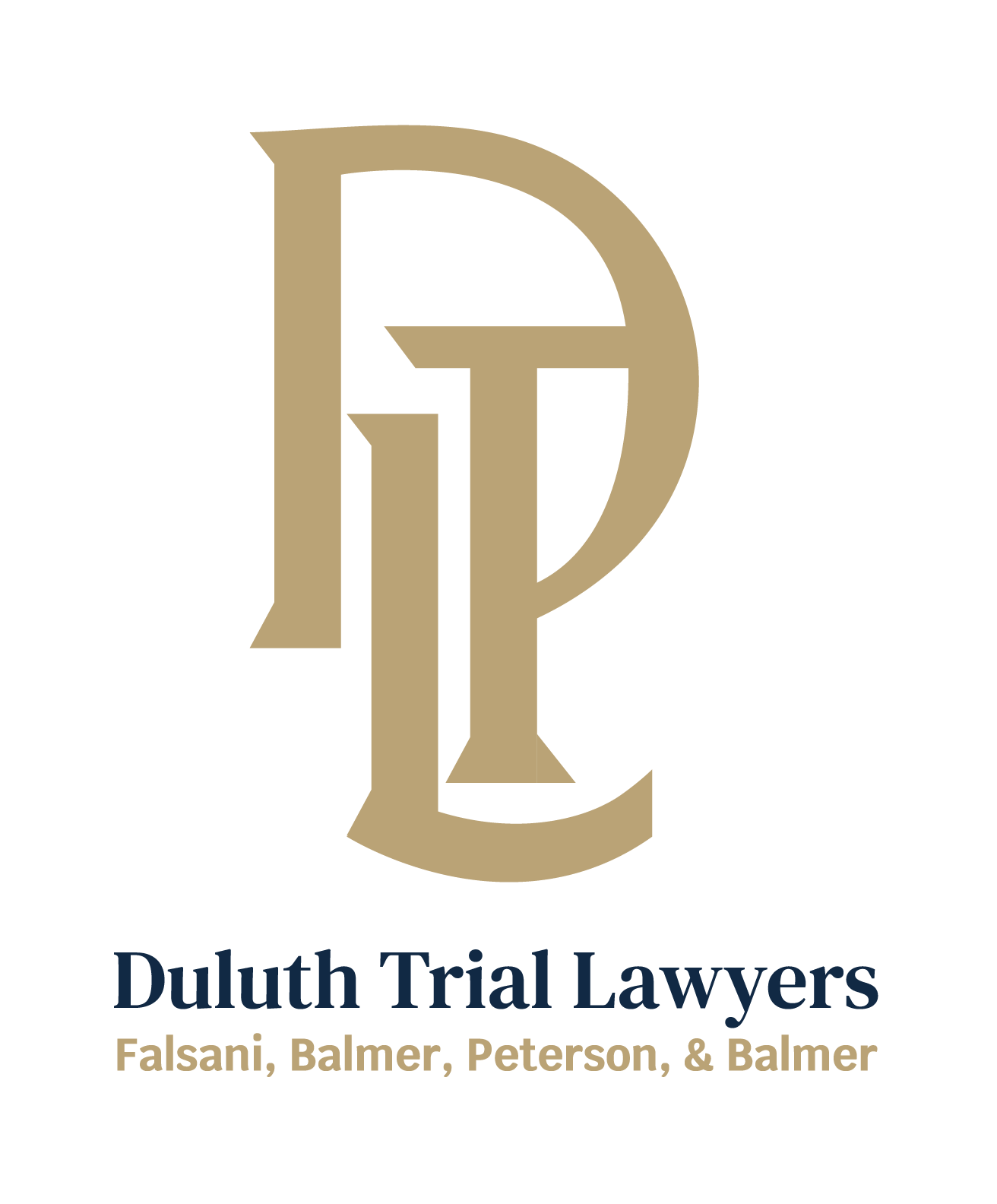Auto Injury Expert Examination Strategies
Requirements for Selecting and Qualifying Expert Witnesses
- Whenever possible, use treating healers for expert opinions regarding damages avoid independent examiners.
- For liability experts and those testifying about force of impact, crash reconstructionists are the best option. These experts need to be engaged as soon as possible after the crash in order for them to gather evidence. They should have all the certifications (ACTAR, etc.) and be capable of performing download of airbag control modules. They should also have animation capability for creation of exhibits that will illustrate how the crash occurred to jury.
- Independent Medical Examiners. If needed, make certain expert is able to come to court instead of testify by deposition only. It is always good to have a treating chiropractor or physical therapist to testify along with IME. The less experienced an IME, the better, if testifying for Plaintiff.
- Biomechanics Experts. They are especially useful where seatbelt defense has been asserted. They are also helpful in crashworthiness claims. Some use physics teachers from locale of trial.
- Vocational Experts. They are useful in loss of earning capacity claims.
- No harm using a paid witness. The more experience, the better.
Getting the most out of Depositions
- In discovery, less is more–ask as few questions as possible
- Don’t take a discovery deposition unless absolutely necessary
- Use illustrative exhibits whenever possible
- Use video in larger cases, preferably HD
Direct Examination of Plaintiff’s Experts
- Use of visual exhibits is encouraged
- Encourage your expert to speak in common terms
Cross-examination of Defendant’s Experts
- If you have not already taken discovery deposition, obtain court permission to voir dire the witness outside the presence of the jury
- Aggressively attack their qualifications
- Research and pursue financial arrangements
- Avoid getting into their bailiwick on cross-examination in all but the most obvious situations.
Effective Ways to Demonstrate the Impact of Injuries
Jury or Non-Jury Trials
- If impact is moderate, damages not readily visible or high earnings are at stake, avoid juries when possible
- If impact was significant, damages are readily visible, defendant is unattractive or plaintiff is attractive, seek trial by jury
Introducing Damages at Trial
- Visual exhibits, such as video or other pics is helpful
- Before/After witnesses can be highly effective
- PTs, OTs and nurses are effective witnesses to pain, but difficult to secure for trial
- Experts to supplement other evidence can be helpful
Making and Responding to Objections
- Trial briefs, especially these days, are a necessity
- Motions in Limine are critical where sensitive evidence is concerned
- Objections ought to be made in all but the most obvious circumstances
Technology in the courtroom
- So long as it saves time AND helps the jury remain focused, a good idea.
- Make certain the equipment is working properly and your staff are competent with it BEFORE trial begins.

